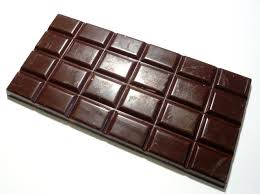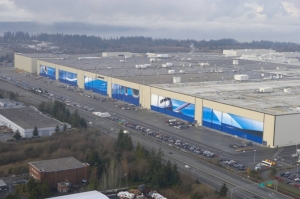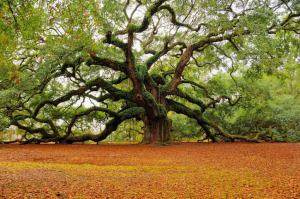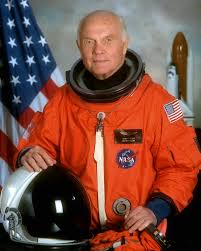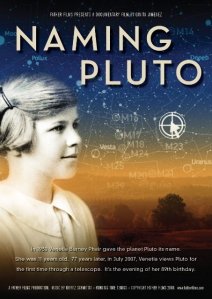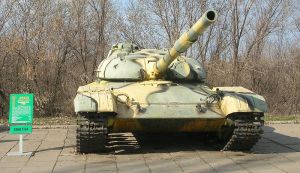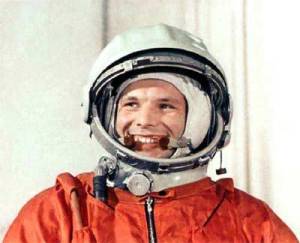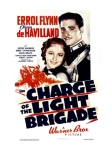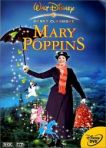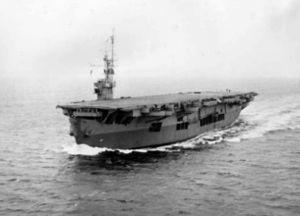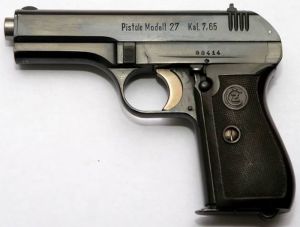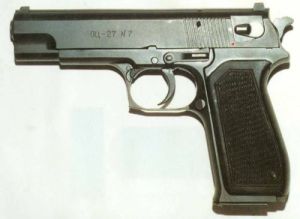“Fight Against Stupidity And Bureaucracy”
.
Welcome to another fact day at the fasab blob.
Last one for May 2015. Time flying as always.
This selection includes facts about the Titanic Tic Tacs and trailers, and lots more.
Enjoy.
.
.
Light pollution usually doesn’t have a
significant impact on humans but it
causes major problems to many animals.
Birds often confuse days and nights and
scientists found out that light pollution can
change migration patterns in some animal species.
.
.
The Titanic was so big that 176 men were needed
just to shovel coal into its furnaces
.
.
Although Tic Tac’s claim to have 0 sugar,
they consist of nearly 98% sugar!
This is because the size per serving is
.49 grams and according to the FDA a food
cannot be labeled “sugar free” unless it
contains less than .5 grams of sugar per serving!
How sweet!
.
.
Bulgaria is the oldest country in Europe and
it hasn’t changed its name since 681 AD
.
.
When Soviet archaeologists opened the tomb
of Tamerlane, a Mongol descendant of Genghis Khan,
they found an inscription that read,
“Whoever opens my tomb will unleash
an invader more terrible than I.”
It was June 20 1941.
Germany invaded the Soviet Union on June 22.
.
.
The only part of a Swiss Army Knife not
made in Switzerland is the corkscrew.
It is made in Japan.
.
.
Mothers become emotionally attached to their
children prior to birth by the virtue of
carrying the child in their wombs.
According to some studies men won’t become
emotionally bonded to the child for several months
after birth when the infant begins to smile, respond,
and interact with him.
.
.
During Peter the Great’s reign in Russia
there was a beard tax which
anyone with a beard had to pay.
.
.
Nobody knows how the Mayan Empire declined.
Long before the Spanish came many of the great
cities had already been long abandoned and lay in ruins.
Scholars have hypothesized reasons ranging from
drought and famine to overpopulation and climate change.
.
.
JRR Tolkien’s estate only received $62,500
for the Lord of the Rings film trilogy
until a lawsuit was filed.
.
.
In June 2010 Oscar the cat received bionic limbs
to replace his original ones lost in an
accident with a combine harvester.
.
.
Movie trailers were so named because they
were originally designed to play AFTER the movie,
but when marketers realized that people don’t tend
to stick around when a movie has finished they
started to play them at the beginning of the main movie!
Here’s an example…
.
.
=============================
.
















